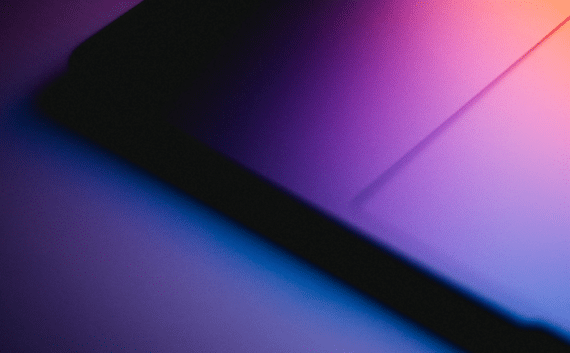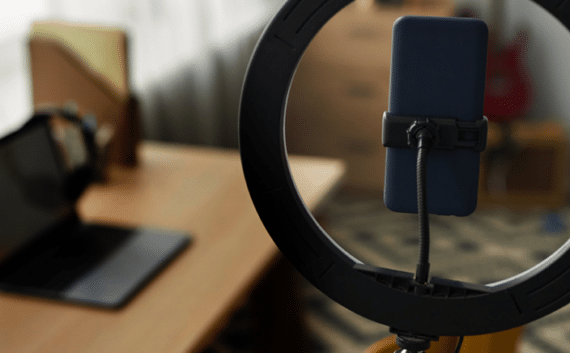
The past two years have changed a lot of things for everyone. As a result, new studies are showing that Australians are short on happiness – actively searching to find happiness in new ways, and in some cases, are willing to pay a premium for it.
In the latest global report from Oracle and New York Times author, Gretchen Rubin, consumers are looking for new experiences that will make them smile and laugh, and will even reward brands that embrace humour (and walk away from those that don’t).
With a reported 78% of people believing that brands can do more to deliver happiness to their customers, and a massive 91% saying they preferred brands to be funny – now is the time to look at how humour and brand voice translates through advertising and marketing communications.
Why humour works in advertising
It’s simple – when something is funny, it makes people smile or even laugh and brings joy. When leveraged by brands, humour helps to gain attention in a cluttered advertising space, improves shareability and ad recall – but most importantly, it helps to shatter the fourth wall between brand and consumer, creating more relatable and authentic customer experiences.
Humour is a ubiquitous part of Australian culture, which means our audiences are more receptive to jokes in branding or advertising, with Australians more likely to choose a brand, buy from it, spend more money, and recommend it to family and friends, if the brand uses humour.
Of course, the fear for many brands is getting humour wrong.
If humour doesn’t hit the mark, it can be devastating to brand perception, either by making the wrong joke at the wrong time, or producing something in bad taste or just downright offensive. This means brands are often prone to avoiding it altogether – to mitigate risk of a PR disaster.
Balancing the line between making a funny ad and being cancelled can be quite precarious, but there are a few key opportunities for brands, particularly Australian brands, to embrace humour the right way.
Know Your Audience
Consumers are seeking out joy wherever they can find it, but that doesn’t mean humour is the answer for your brand. It’s not a catch-all answer, and in some cases it could be inappropriate. So it’s important to understand your audience and your end objective, to see if there’s an opportunity for a laugh to make the sale or enhance customer experience.
A brand that clearly knows their audience inside and out is Go-To Skincare, who embrace their wit as a part of their brand voice, that filters through almost all of their brand materials and messaging – even down to their order confirmation and dispatch emails.

This thoughtful addition turns usually unremarkable comms into a memorable interaction, helping to elevate customer experience following the purchase and increasing brand advocacy.
Standing Out in the Crowd
With such busy lives and short attention spans, brands are crawling on top of one another for visibility in the advertising space. A humorous brand voice may be the key to differentiate yourself against competitors, making better connections with your audience. In particular, humour can often be highly effective in dry or otherwise “dull” industries.
A brand that easily comes to mind is Koala – who catapulted themselves to international recognition when they brought their disruptive product (and brand) to a traditionally mundane industry.

In 2018 they launched a series of billboards targeting one of their main competitors, IKEA, calling out the common pain points consumers have with their furniture products, highlighting how their offering is simpler (and better) in a very clear and easy to understand way. The cheeky jab at the major furniture icon uses quintessentially Australian messaging, using larrikin culture to gain preference and increase likeability. Apart from the massive exposure as an outdoor advertisement across Australia, the billboard also garnered enormous social media attention which further skyrocketed the overall reach of the campaign.
Make Fun of Yourself
Often, the safest way to make a joke, can be made at your own expense. Self-deprecating humour is the heart of Australian culture – and while we’re not encouraging you to sell yourself short, there can be a great opportunity to make light of something that will endear your brand to your audience.
A recent example of self-deprecating humour that’s translated into an effective campaign is BWS’s 21st birthday campaign.
BWS is unabashedly self-aware in its acknowledgement that most consumers will not care about a bottle shop’s birthday, unless there’s some kind of incentive for them. So they quite literally were paying customers to complete birthday tasks to join in on the celebration, with cash prizes available anywhere from $10 to $5,000, plus a major $21,000 cash giveaway every week in June 2022.
The Bottom Line
Overall, humour is a great way to inject happiness into the customer experience. With consumers hungry for happiness, it may be the time to rethink your brand messaging in your next major campaign, or review your brand voice to see whether humour fits in with your brand positioning, and make your brand messaging more memorable. At NOUS, we’ve been building better brand experiences for more than 20 years. Contact us today to see if we can help your brand find its funny bone.






